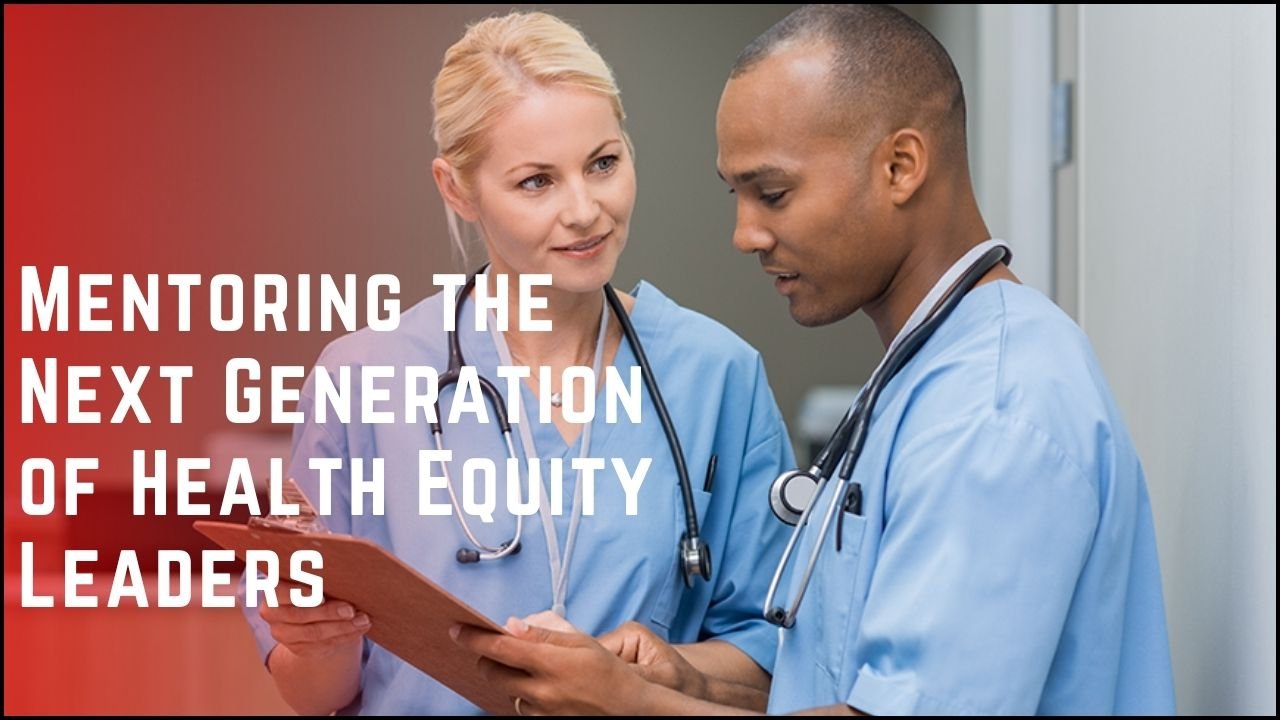
A focused plan helps an institution grow, evolve, and face challenges effectively. The Johns Hopkins Bloomberg School of Public Health created its five-year strategic plan in Fall 2018. This plan aimed to guide the School through changes and ensure meaningful progress in education, science, partnerships, people, and advocacy. The strategic priorities, while rooted in firm values, were also flexible enough to respond to the unforeseen challenges of a global pandemic and rising demands for equity and justice.
Table of Contents
Background of the Strategic Plan
- Launch Year: The strategic plan began in Fall 2018.
- Duration: It was structured to span five years (2019–2023).
- Purpose: To direct efforts in an unpredictable global landscape and ensure public health stays responsive and impactful.
- Flexibility: The plan was designed to adjust to real-world developments, such as COVID-19 and movements against systemic racism.
Key Strategic Pillars
Each strategic priority is rooted in a “power” — the driving forces behind the School’s success and mission.
The Power of Education
- Goal: Educate future leaders in public health.
- Approach:
- Improve and innovate academic programs.
- Expand learning beyond traditional classroom walls.
- Offer global access to quality public health education.
Highlights:
- Development of new online and hybrid learning models.
- Growth in continuing education and executive programs.
- Broader inclusion of real-world issues in course content.
The Power of Science
- Goal: Solve pressing public health challenges using research.
- Approach:
- Support cutting-edge studies.
- Encourage collaboration between departments.
- Translate research findings into real-world applications.
Highlights:
- Rapid research response to COVID-19.
- New funding for pandemic preparedness.
- Focus on climate change, opioid crisis, and mental health.
The Power of Partnerships
- Goal: Build strong, equitable collaborations.
- Approach:
- Work with local, national, and global communities.
- Support justice-focused projects.
- Strengthen ties with Baltimore communities.
Highlights:
- Partnership with city agencies to reduce health disparities.
- Joint projects with international organizations.
- Inclusion of community voices in decision-making.
The Power of People
- Goal: Foster a diverse and inclusive environment.
- Approach:
- Create policies that support equity and belonging.
- Increase diversity in recruitment and leadership.
- Provide wellness and career development programs.
Highlights:
- New initiatives for racial equity.
- Mentoring programs for underrepresented groups.
- Surveys and town halls to improve campus culture.
The Power of Advocacy
- Goal: Promote and defend public health.
- Approach:
- Strengthen communication efforts.
- Train public health professionals to become advocates.
- Use data to influence policy change.
Highlights:
- Strong presence in media during COVID-19.
- Public education campaigns on vaccines and prevention.
- Support for public health legislation.
Strategic Pillars Overview
| Pillar | Focus Area | Outcomes |
|---|---|---|
| Education | Leadership and accessibility in learning | More inclusive and tech-enabled programs |
| Science | Research, innovation, and translation | Timely solutions to major health threats |
| Partnerships | Collaborative health and equity initiatives | Greater trust and engagement in Baltimore and globally |
| People | Diversity, inclusion, and community wellbeing | A supportive and productive academic and work environment |
| Advocacy | Effective communication and public health influence | Stronger public understanding and policy impact |
Progress and Midterm Evaluation
- Progress Checkpoint: A midterm review was conducted to assess achievements and identify improvement areas.
- Outcome: The School found that its framework held up well under pressure, particularly during the pandemic.
- Adjustment Areas:
- Need for faster digital adaptation.
- Additional focus on global health equity.
- Improved methods for impact tracking.
Examples of Plan in Action
| Project/Initiative | Strategic Pillar | Description |
|---|---|---|
| Pandemic Teaching Response | Education | Shifted the entire curriculum online while maintaining quality |
| Global Vaccine Research | Science | Led efforts in vaccine trials and distribution planning |
| Baltimore Health Equity Alliance | Partnerships | Joined forces with local leaders to address racial health disparities |
| Inclusive Hiring Practices | People | Introduced new guidelines for equitable recruitment |
| Public Health Advocacy Campaigns | Advocacy | Ran national campaigns on vaccine safety and mental health |
Lessons Learned
- Preparedness is key: A strong plan helped manage the unexpected.
- Adaptability matters: Flexibility allowed for quick pivots in approach.
- Equity needs constant attention: Strategic plans must include measurable equity goals.
- Collaboration is essential: Working with communities builds trust and drives success.
- Science must be shared: Communication tools are just as vital as research findings.
Midterm Progress Report Focus Areas
| Priority Area | Key Insights |
|---|---|
| Digital Learning | Greater investment is needed for global access to learning tools |
| Equity & Inclusion | Continued work is required to close opportunity gaps |
| Community Partnerships | Need for deeper engagement and shared decision-making processes |
| Faculty Development | Strong demand for mentoring and interdisciplinary training |
| Policy Influence | Strong foundation, but needs to reach wider audiences beyond traditional media |
Vision for the Future
- Empowered Learning: Create more flexible, accessible, and impactful educational experiences.
- Bold Science: Focus on areas like climate change, pandemic prevention, and global nutrition.
- Equitable Partnerships: Ensure mutual benefit and equity in all collaborations.
- Supportive Culture: Keep investing in people’s well-being and professional growth.
- Stronger Voice: Build platforms to advocate for public health more effectively.
Closing Perspectives
A solid strategic plan gave the Johns Hopkins Bloomberg School of Public Health the strength to weather crises and drive meaningful change. By aligning around five central powers — education, science, partnerships, people, and advocacy — the School not only responded to challenges but helped shape the response worldwide. The journey from planning to action has demonstrated the value of clear goals and flexible thinking. Future steps will continue to build on these foundations to keep public health strong, just, and forward-looking.





